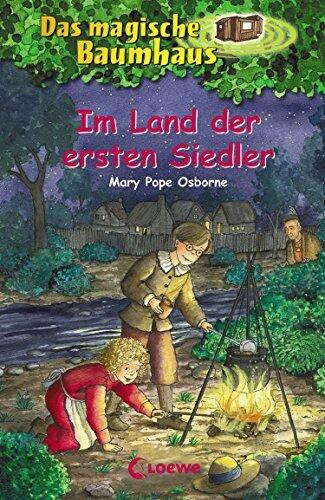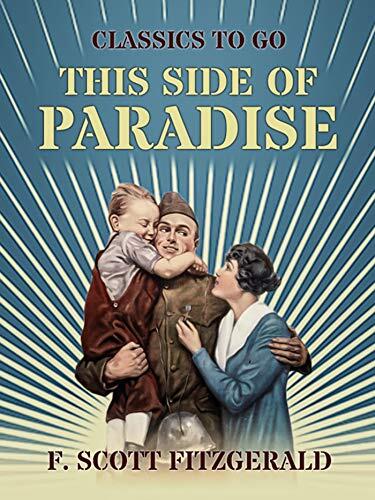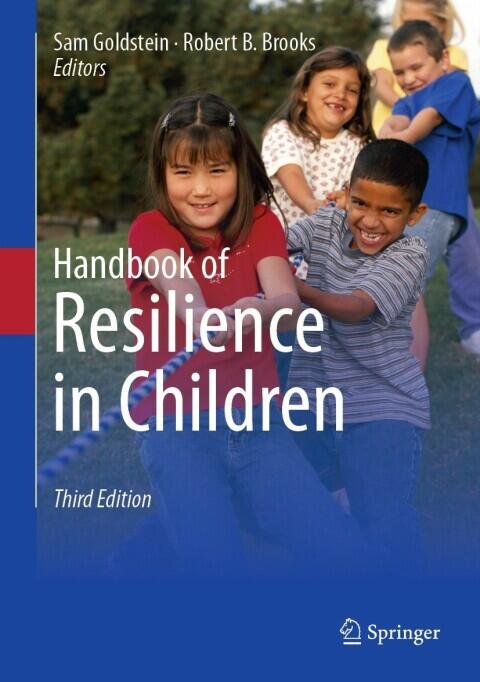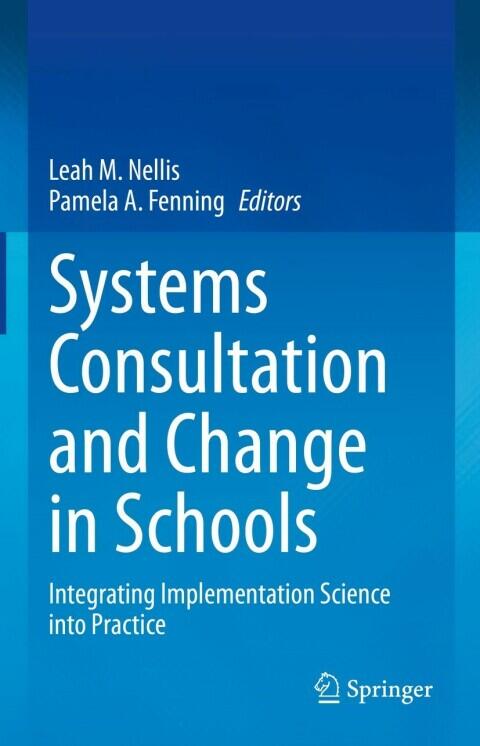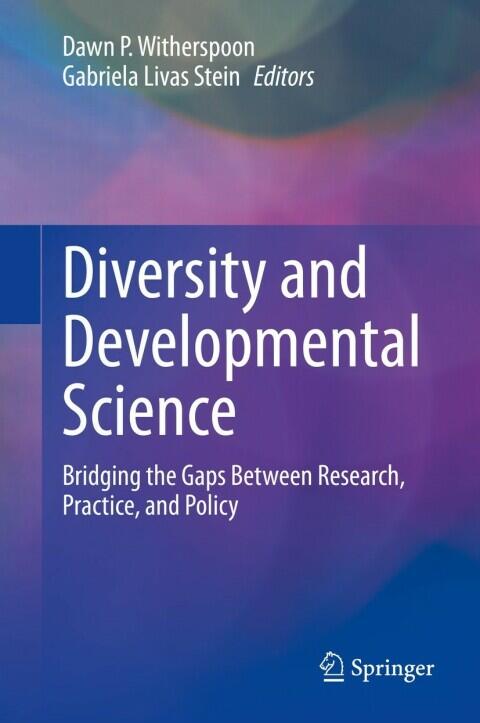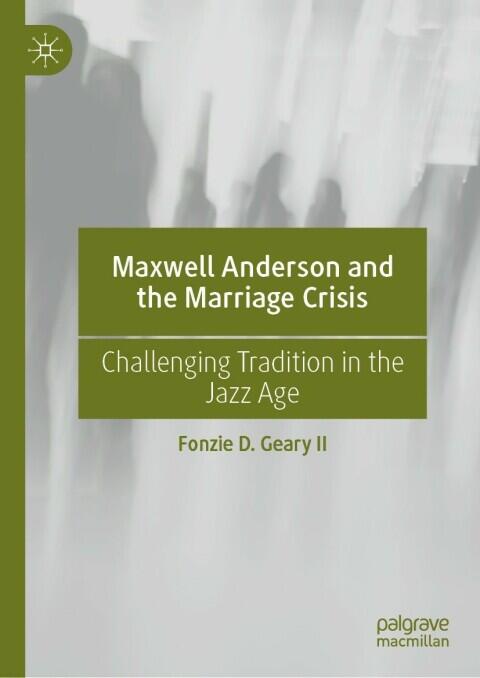
Maxwell Anderson and the Marriage Crisis: Challenging Tradition in the Jazz Age
によって
Fonzie D. Geary II
まだ評価がありません
Children’s
History
形式
キンドル
ページ数
269
言語
ドイツ語
公開されました
Jan 1, 2022
出版社
Palgrave Macmillan
版
1
ISBN-10
3031132416
ISBN-13
9783031132414
説明
Maxwell Anderson's work takes center stage as the book delves into the evolution of his plays against the backdrop of the exhilarating and tumultuous Jazz Age. The author, Fonzie D. Geary II, intricately examines how Anderson’s narratives wrestle with the changing societal norms and the crisis of marriage during a time of rapid transformation in American culture. Through detailed analysis, Geary uncovers the innovative ways in which Anderson challenged conventional beliefs, offering a fresh perspective on love and partnership.
The exploration of these four plays reveals the dynamic interplay between personal relationships and societal expectations. Geary's insights shed light on how Anderson's characters navigate the complexities of love, infidelity, and commitment amid the backdrop of a society that is both liberating and constrictive. The author encourages readers to reconsider the relevance of these themes in today’s world, highlighting the timeless nature of Anderson’s critiques.
As the narrative unfolds, readers can appreciate the artistic brilliance and social commentary embedded in Anderson's work. This critical examination not only honors the legacy of one of America's significant playwrights but also stimulates a deeper understanding of the cultural tensions that shaped the Jazz Age. Through Geary's lens, Anderson’s plays emerge as more than mere theatrical productions; they are reflections of an era grappling with changes that would define modern relationships.
The exploration of these four plays reveals the dynamic interplay between personal relationships and societal expectations. Geary's insights shed light on how Anderson's characters navigate the complexities of love, infidelity, and commitment amid the backdrop of a society that is both liberating and constrictive. The author encourages readers to reconsider the relevance of these themes in today’s world, highlighting the timeless nature of Anderson’s critiques.
As the narrative unfolds, readers can appreciate the artistic brilliance and social commentary embedded in Anderson's work. This critical examination not only honors the legacy of one of America's significant playwrights but also stimulates a deeper understanding of the cultural tensions that shaped the Jazz Age. Through Geary's lens, Anderson’s plays emerge as more than mere theatrical productions; they are reflections of an era grappling with changes that would define modern relationships.


